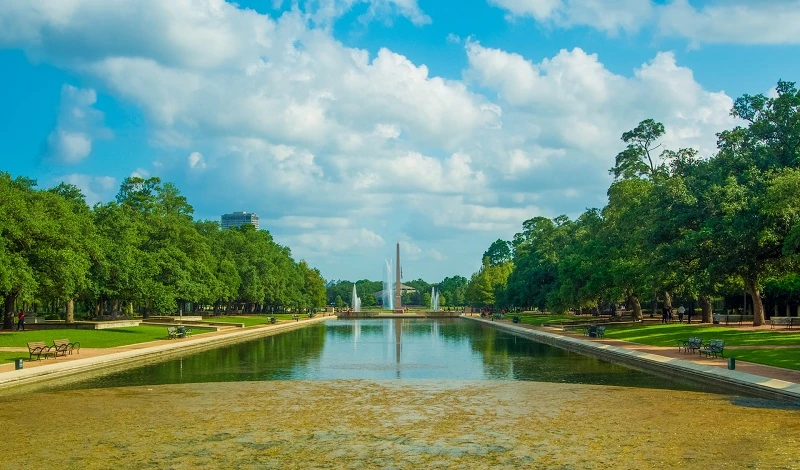
Texas has a lot to offer travelers, including both outdoor activities and indoor attractions, thanks to its abundance of historical sites, natural landmarks, and large towns. However, when should you go?
The best time to visit Texas is in the early spring, between late March and April. Much of the state is free of the chill of winter, the wildflowers are in bloom, and the sweltering heat of summer has not yet come.
There is never a bad moment to visit Texas because of the state’s diverse geography. Winter in Amarillo is not the ideal time to travel to the Great Plains, but you might want to avoid the scorching temps of the Santa Elena Canyon in the summer.
Also Read: First Time Flying Tips
The Best Time To Visit Texas
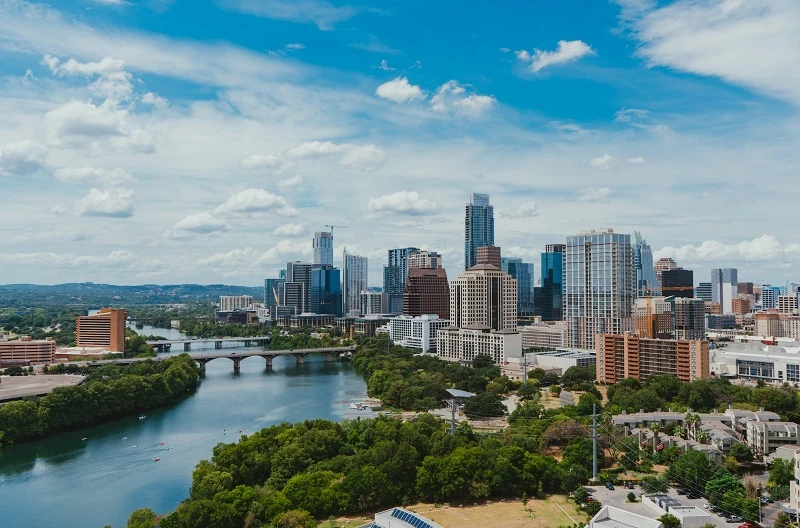
The best time to visit Texas is late fall (October to November) and spring (March to early June). Traveling during these times not only guarantees that you’ll be going during the best weather, but it’s also less crowded.
This is a general guideline because Texas is such a big state, it varies from area to region. For a variety of factors, you should steer clear of going in the summer.
While you may find the summer to be the most convenient season to travel, everyone else feels the same way. During these months, when tourism is at its peak, you’ll notice that some of the more well-known locations are congested.
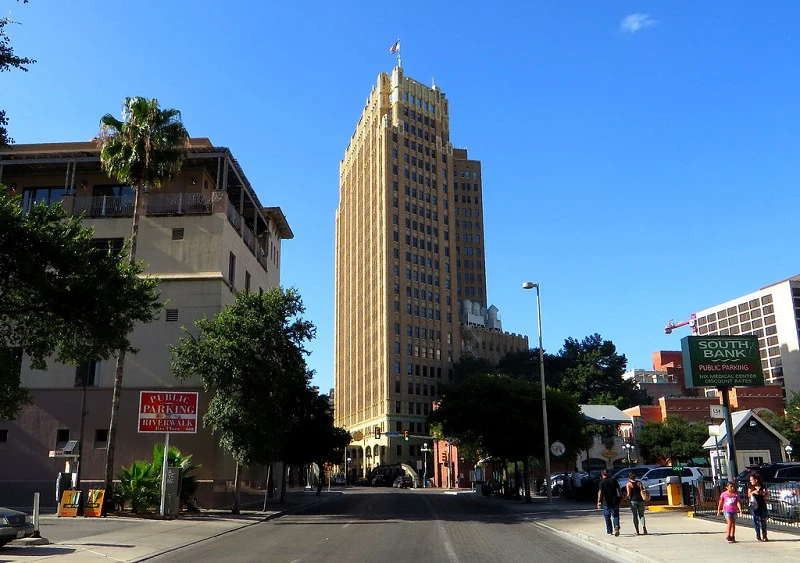
It’s not worth all the hassle because flights and hotels are more costly. Texas is also infamous for its heat. The people who live there don’t mind, but you might, particularly if you’re from up north.
Contrary to common belief, many regions experience cold winters. Although it may not be as cold as other places, it is still enough to restrict your options.
Nevertheless, there are many things you can do in the winter that aren’t accessible at other times of the year, such as the Moody Garden Festival of Lights and the San Antonio Christmas decorations. Additionally, you should avoid visiting during rainy seasons, which differ by location.
You’ll need to do more study on your destination because Texas is so big. To give you a general notion, Texas experiences its rainiest months in the early spring and late fall. Typhoons and cyclones can also affect the coasts, so keep an eye out for those as well.
Here are some advice and recommendations from us to help you choose the best time to visit Texas.
High season (October and March)
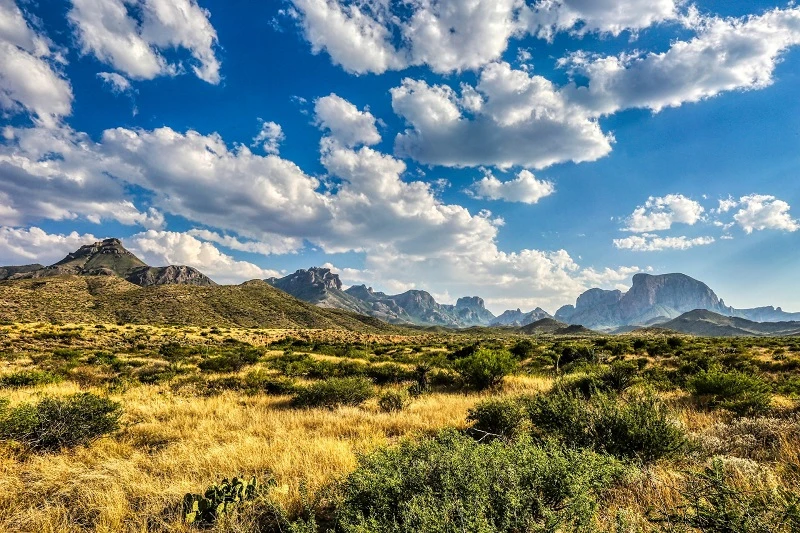
For two of the largest festivals in the state, Austin City Limits (which takes place over two weekends in October) and South by Southwest, music fans converge on Austin in October and March (nearly two weeks in March).
While both festivals draw artists and music fans from around the globe, SXSW has expanded to offer programs in technology, politics, entertainment, and business. Due to the milder temperatures and abundance of outdoor activities, these are typically the two months that draw the most tourists to all Texas towns.
Also Read: The 15 Best Places To Live In Ohio
Shoulder season (April and September)
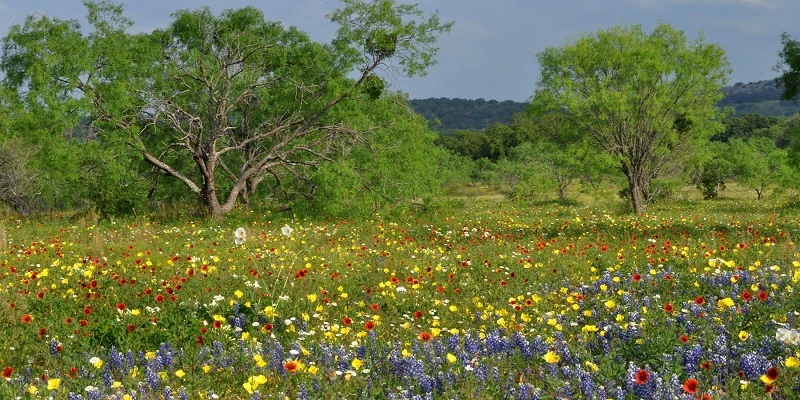
Although there are fewer visitors to Texas in April and September, both of these months are excellent for taking advantage of outdoor activities because they are a little colder than summer. No matter where you’re going, it’s usually better to schedule a hike for a time other than May through August.
Low season (May to August)
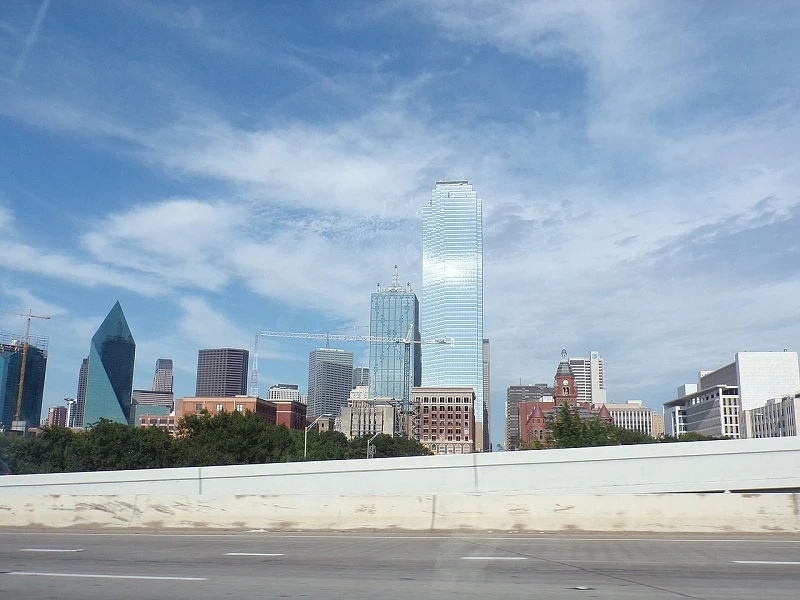
While there is no such thing as a low season in Texas, tourists tend to avoid the hottest months, when temperatures can vary from 90°F to 113°F (32°C to 45°C) and higher.
Although the state is home to many museums and art galleries where visitors can have more air-conditioned fun, residents prefer to cool off in one of the state’s many rivers, lakes, or beaches.
January
January weather in Texas can be erratic; one day it might be 70°F and perfect for a walk, the next it might be chilly and windy and perfect for perusing art galleries and museums.
It is one of the coolest months in Texas, but it is still pleasant enough to spend time outside without the heat and humidity. The Lone Star State is wonderful in the winter for avid fishers, golfers, runners, and other outdoor enthusiasts.
February
In Texas, February is typically the last month of winter, but bizarre spring ice showers have been known to occur. Similar to January, temps are typically still mild, though there may be snow and ice in some of the state’s northern regions.
March
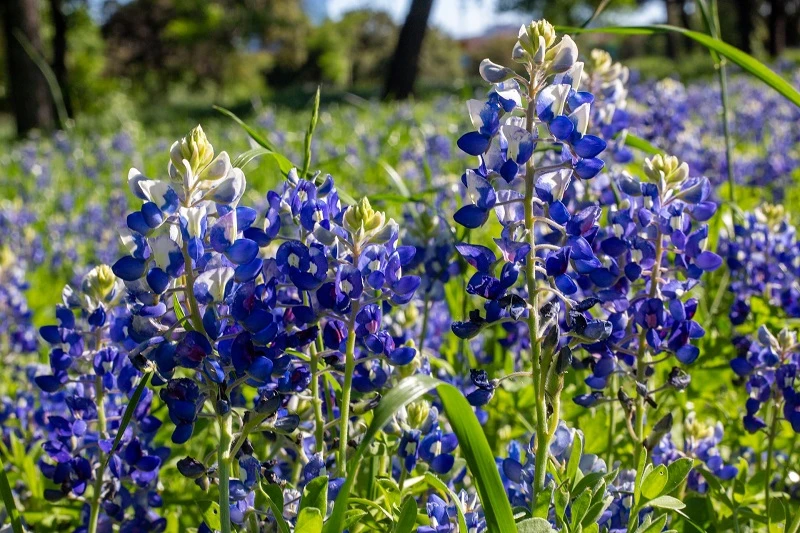
March in Texas provides opportunities for fishing, birding, flower trails, and, of course, spring break. The apex of the bluebonnet season in Texas occurs this month, so tourists swarm to the Texas Hill Country in search of fields bursting with vivid blue flowers.
April
Although spring in Texas is typically lovely, the state can experience a wide range of weather. On any given day in April, you can count on experiencing hot temperatures, frigid temperatures, rain, snow, and anything in between. But don’t let that deter you—April is typically mild and pleasant.
May
In May, the state’s temperatures usually start to warm up for good. For instance, Houston experiences temperatures that are typically around 85 degrees this month. 3 Severe spring thunderstorms are prevalent, and some of them include hail and lightning.
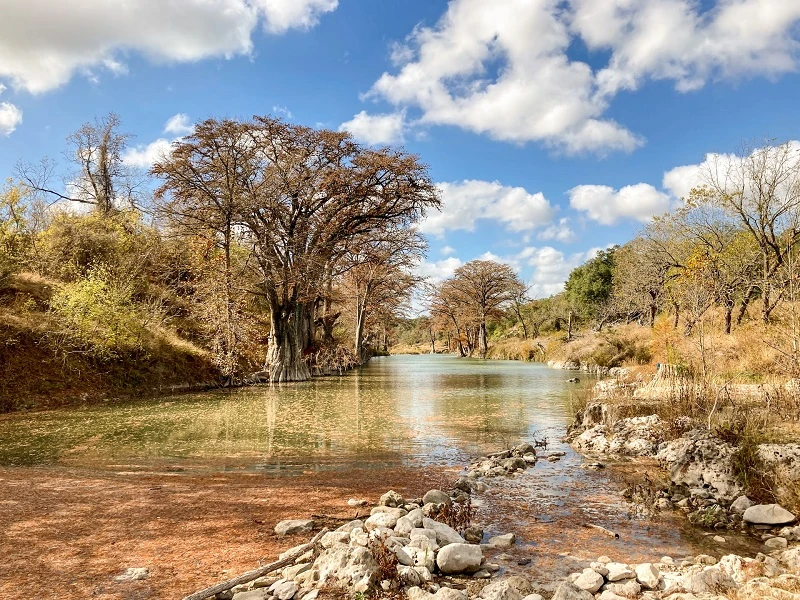
June
Statewide, June is usually warm and humid. You can anticipate crowds of families at the majority of the state’s most well-known attractions as this is the first complete month that schools are out of session.
July
The first complete month of summer is July, and it already feels like it. Although this is typically the hottest month, visitors to Texas can engage in just about any outdoor exercise imaginable. July is a fantastic month for festivals and activities, many of which are themed around the Fourth of July.
August
Although August continues to be extremely hot, the early summer rains have typically subsided. During this month, the majority of Texan children return to school.
September
Although the start of autumn brings some chilly days to the north, September in Texas still largely feels like summer, with lots of warmth and sun. Along with the typically pleasant weather come food, music, the outdoors, and sports, of course.
October
Early autumn is a much nicer time to be outside because the sometimes uncomfortable heat of summer has passed. Although Texas experiences cooler weather in the autumn, it is still warm enough to engage in almost any outdoor activity. Fall holiday choices include fishing, hunting, camping, birding, and even water sports.
November
November’s continued mild fall weather makes sightseeing enjoyable, which is ideal since visitors will benefit from the fall season’s lower traffic levels. Texas visitors will adore having more freedom to travel around and expand their outdoor to-do list.
December
Texas has a lot to enjoy in December with the New Year quickly approaching and the holiday season in full swing. The state’s typically mild winter climate is the backdrop for events like light parades and trails, college football playoff games, and distinctive fairs and festivals.
Also Read: 15 amazing things to do in 30a, Florida
Best time to visit Dallas, Texas
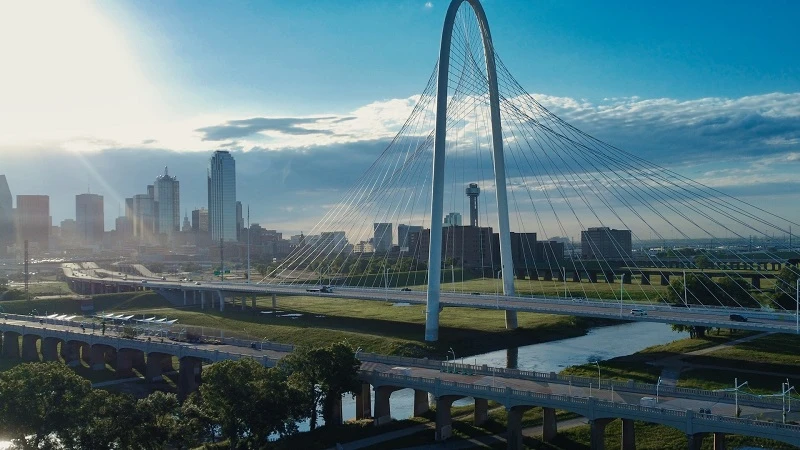
Dallas has a generally mild climate all year round, but the best times to come are spring and fall due to the intense summer heat and wet winters. Temperatures in July and August remain in the 90s and 100s Fahrenheit, and everything radiates heat, from the gleaming buildings to the sidewalks.
Neither January nor February is recommended for travel. Although Dallas winters are generally pleasant in comparison to other areas of the nation, winter storms frequently bring freezing rain and snowfall.
The best wildflower viewing occurs from March to May, when the temperatures are pleasant (highs vary from the upper 80s to the mid-60s degrees Fahrenheit). And in the autumn, from September to November, temperatures are usually in the 70s and 80s Fahrenheit, the air is crisp, and the summer crowds have started to thin out.
Best time to visit Hill Country, Texas
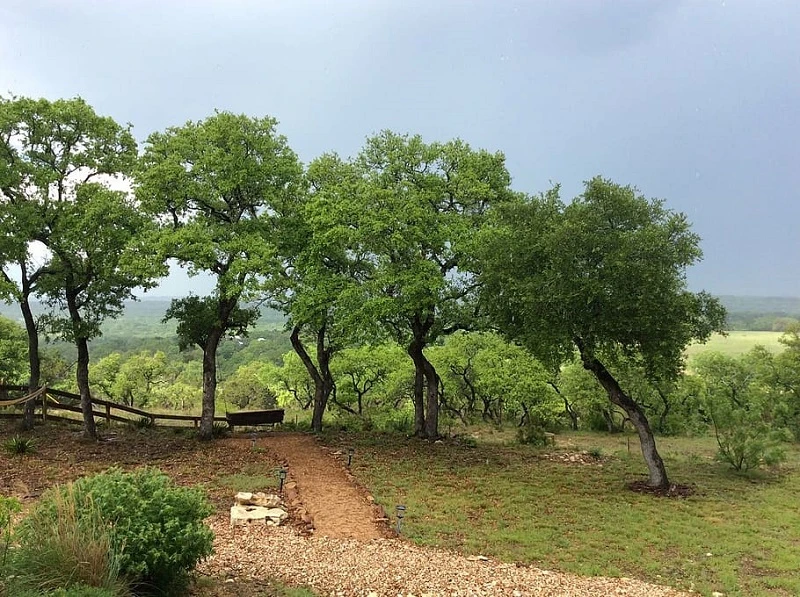
The Hill Country is a breathtaking rural area with numerous waterways and enormous oak and cedar trees. It is situated in the centre of Texas, west of Austin. The Texas Hill Country has a very tranquil atmosphere and some genuinely unique characteristics.
The major resorts in Texas’ Hill Country region contain hundreds of wineries. Among the charming tiny towns in this area is New Braunfels or Fredericksburg.
The best time to visit Hill Country, Texas is spring and fall because of the mild temperatures. In the spring, wildflowers like the Indian paintbrush and Bluebonnet cover the hills, and in the fall, the scenery is covered in vibrant reds, oranges, greens, and yellows.
Despite being a sweltering season, summer is still a popular time. On the many local rivers and lakes, you can readily organise enjoyable water outdoor activities.
Best time to visit Austin, Texas

Austin is well-liked for its vibrant music scene, “Keep Austin Weird” aesthetic and creative cooking skills. So you’ve been thinking about visiting Austin, now is a perfect time because the sweltering summer has given way to cool days and long evenings as we approach winter.
The mild winters are ideal for bar hopping on Rainey St., spring brings wildflowers to the nearby Hill Country, and summer is the best time to work up a sweat at Franklin Barbecue before diving into Barton Springs Pool. But if you’re planning future trips, Austin has something in store for every season.
The ideal time of year to book accommodations in Austin is during the winter. You’ll escape the crowds and experience Austin much more locally in the winter. Between December and February, the city experiences chilly temperatures, though it is rarely “cold,” and it may even rain.
Festivals in the spring and autumn are at the centre of Austin’s social life, from South by Southwest in March to the Urban Music Fest in April to Austin City Limits and the Austin Film Festival in October.
Although the summer months of June, July, and August are officially high seasons because families travel and schools are out, the temperatures are scorching, with average highs in June and July of 95°F.
Barton Springs Pool, a chilly natural spring pool surrounded by century-old pecan trees, is a popular spot to cool off during this season.
Best time to visit Houston Texas
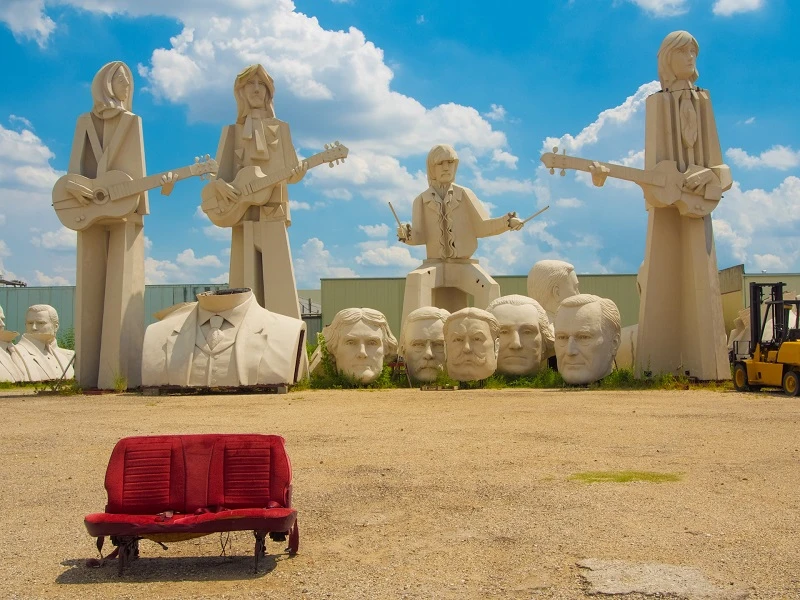
Your preferences for traveling may change as to the best time to visit Houston, Texas. Before you make your arrangements, keep in mind that each season has a different set of advantages.
The winter (December to March) has the fewest people, particularly in January. Fewer people move after the December holidays, which makes Houston much less busy.
Winter is also the least expensive season to explore the city. Airlines and hotels are more likely to give discounts or deals to entice passengers because there is less demand for lodging and flights.
Possibly the best weather for the region is in the spring (March-June). Only five times a month on average does it rain, and temperatures are typically in the 65 to 75 degree Fahrenheit region.
Although Houston has a lot to offer, there are many factors to take into account before traveling there. For all the information you need to plan the perfect journey to “Space City,” keep reading.
Conclusion
Texas, the second-largest state in the USA offers a variety of activities, including country music concerts, rodeos, tours of the Alamo, and a tasty Texas barbecue course, you’ll have to travel there yourself if you want to have an authentic Texas experience.
However, it’s critical to understand the best time to visit Texas. After all, Texas gets hot and attracts lots of tourists throughout the year to different places. In the end, Texas is a spectacular experience, and you don’t want to miss out on a trip to the lone Star State.
